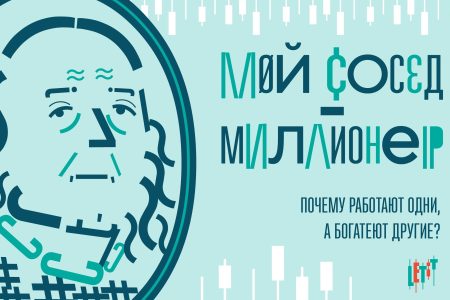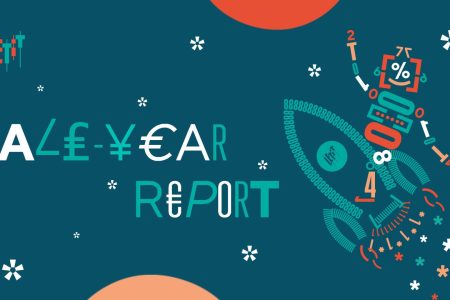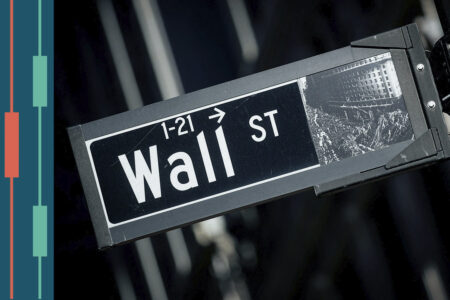Satoshi Nakamoto. The Curious Case of the Birth of a New Economy
Let’s start from afar. A bank deposit is the most common, safe and conservative way to store money. The average numbers is 6-7% per annum, which is below the level of inflation. That is, you exactly store your money. The opportunity by banks to get passive income from your savings is out of the table. The bank uses your money, increasing its amount, but, of course, is not responsible for the cost.
As an alternative to bank deposits, you can consider trading on the stock exchange or, for example, investing in real estate. However in the first case, you need to know and be able to do a lot of things, spend your time, effort and brain cells, and in the second case, you need to have a very decent capital at the first place. There is another reliable way: the good ol’ usury. And now it is upgraded with new technologies. The point is that people can be given loans secured by cryptocurrencies.
That is how it works: the borrower deposits bitcoins on a special service, and you give him money to use. The pledged bitcoin is blocked in the system and if its price starts to fall, it is liquidated and the money and +12% per annum are returned to you. If bitcoin does not fall in price, then you simply return the debt and also pay extra 12%. Clear, simple, reliable. But until 2008, it would have sounded like science fiction, and not its most ingenious type.
2 pizzas for $63,000,000.00
Next year, bitcoin, the first digital currency that marked the emergence of a new decentralized economy, will be 15 years old. Its history began in August 2008, when the domain name bitcoin.org was registered. A month later, Lehman Brothers, one of America’s oldest financial giants, went bankrupt, a particularly important event in the aggravation of the global economic crisis that was flaring up like wildfire. A month later, someone named Satoshi Nakamoto published a document called ” Bitcoin: A Peer-to-Peer Electronic Cash System.” In it, he described how the future cryptocurrency will work.
| Blockchain is just a data storage system like Excel, Google Docs or just a simple notebook. The blockchain stores the entire list of transactions for the entire existence of bitcoin: for example, wallet A sent a certain amount of coins to wallet B. |
In 2009, cryptocurrency mining began, but bitcoin couldn’t be bought anywhere. There were no cryptocurrency exchanges back then. Technically, the price of 1 BTC in 2009 was $0. In 2010, Laszlo Hanyecz from the USA bought two pizzas for 10,000 BTC (1 BTC was worth $0.0025 at the time).
On April 13th, 2021 1 BTC cost $63,600
We got used to the traditional currency, the value of which, like the value of gold is determined according to national and international banking standards. The value of the digital currency is determined during the process of exchange of traditional currencies and goods into units of digital currency on special currency exchanges, that is, in fact, it is created by people, not governments. Sounds… Suspicious? Chained to the centralized economy, we thought so at the very beginning.
A turn-up for the books: each person should be his or her own bank, that is, independently responsible for the safety of his or her own money. In this situation, there were stories that were painful to read. So, in 2013, an IT specialist from Wales, James Howells, accidentally threw away a hard drive that stored 7,500 bitcoins. His peer, Stefan Thomas from San Francisco, forgot the password to the hard drive with about the same amount of BTC – and this, imagine that, is $ 140 million at the current exchange rate, more than tidy sum, given the falling wedge in the market.
| Speaking of trends: nerves of steel play a huge role in trading on the cryptocurrency exchange, as well as stress resistance, the ability to analyze and make quick decisions. Trading is a constant exhausting pressure. At least, that’s how it used to be. Now there is a trend towards modernizing the very essence of trade: automating processes and including artificial intelligence in the mechanism for making certain decisions. Cryptocurrency wallets like Letit help traders relieve stress, increase efficiency, free up time and focus on more important things. |
According to Chainalysis analytical company that studies blockchain technology, there are more than 18.5 million bitcoins in the world. 20% of them, for a total amount of about $140 billion, are in lost or blocked wallets. Another 5% belongs to the creator of bitcoin, a person or group of persons under the name of Satoshi Nakamoto.
As of July 2022, 5% of the total amount of bitcoins is $35 billion.
Satoshi who?
In one of the bitcoin nodes, an obituary is embedded directly into the transaction data. This is a one-of-a-kind digital monument immortalizing a person in the blockchain. The man’s name was Len Sassaman, on July 3, 2011, he committed suicide. He was 31 years old.
Len Sassaman has spent his life protecting personal data using cryptography as he was a developer of PGP and open source privacy technology, and studied P2P networks under the supervision of blockchain inventor David Chaum.
The death of Len Sassaman coincided with the disappearance of the world’s most famous cypherpunk figure, Satoshi Nakamoto. In May 2011, Satoshi sent his last message: “I’ve moved on to other things and I probably won’t show up in the future.” No further explanation. Satoshi left behind many unfinished features, fierce debates about his vision of the future of cryptocurrencies, and at that time $64 billion in bitcoin, which is still untouched.
Nakamoto’s identity is still unknown. There were all kinds of crazy rumors flying around it. News.Bitcoin.com alone has published a total of 11 articles that, in one way or another, propose candidates for the role of the enigmatic creator of the new economy. The last three suspects were Sergey Nazarov of Chainlink, renown American economist and mathematician John Nash (that would be fun), and 49-year-old former programmer and crime cartel boss Paul Le Roux. In February 2021, a writer named Leung published a detailed study looking at the possibility that Len Sassaman was Satoshi.
At the moment, this version looks the most convincing. He had the necessary background, experience, he was completely profound in the concept and participated in the issue. In addition, when introducing Bitcoin, Satoshi noted that he hoped that Bitcoin could become “the same thing for money” that PGP cryptography was for protecting files.
Surely, in the end we will never know the truth, but do we really need it? Satoshi Nakamoto was primarily a symbol of the new era. He gave us all unprecedented opportunities that it would be a sin not to use them. But how exactly we will use them is still an open question. Someone can lend on the security of crypto (do you still remember how we started this article), and someone will take the liberty to understand this brave new world and, you never know, maybe become a dollar millionaire one day.
 Join our Telegram channel to stay updated on the latest news!
Subscribe
Join our Telegram channel to stay updated on the latest news!
Subscribe





